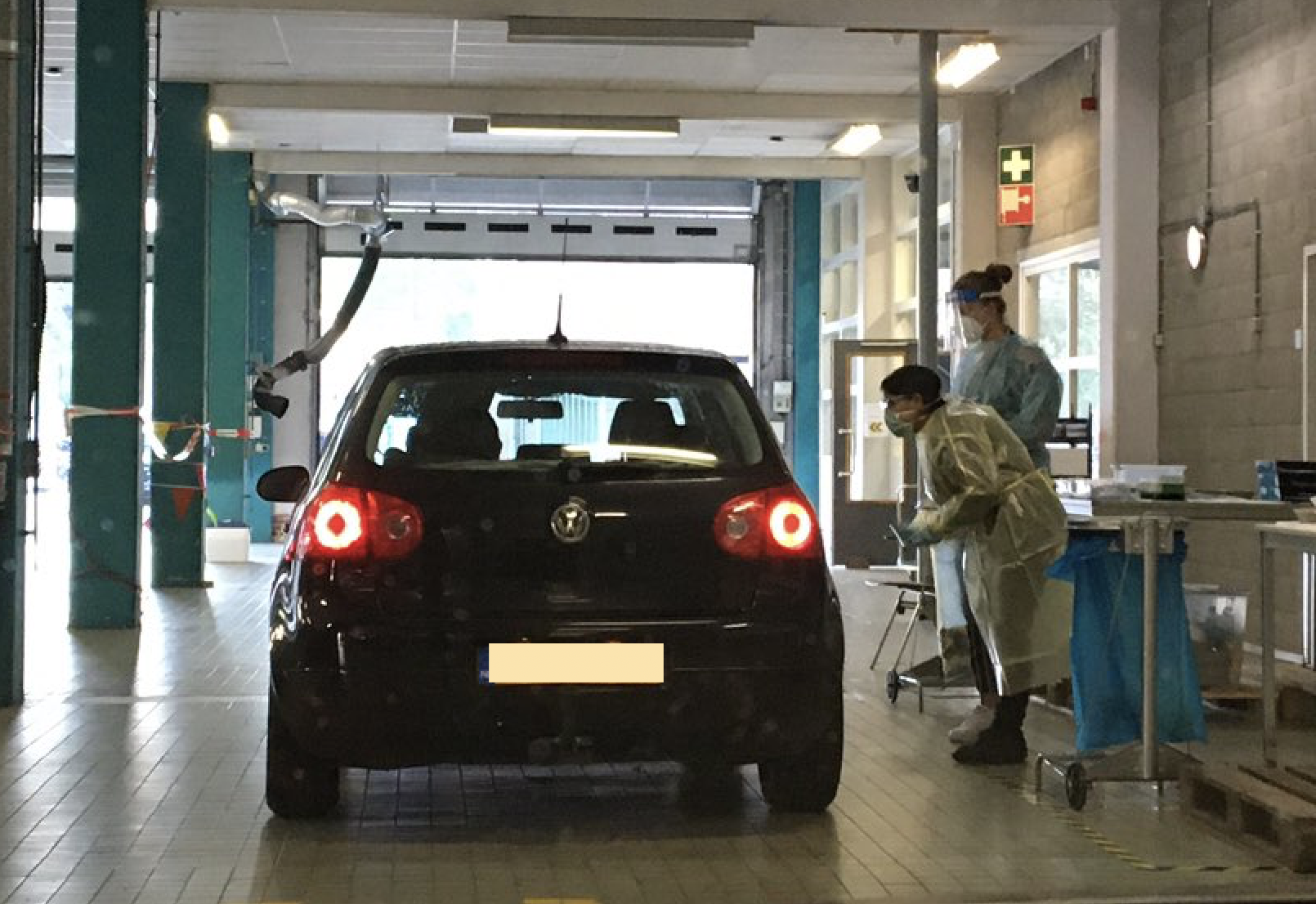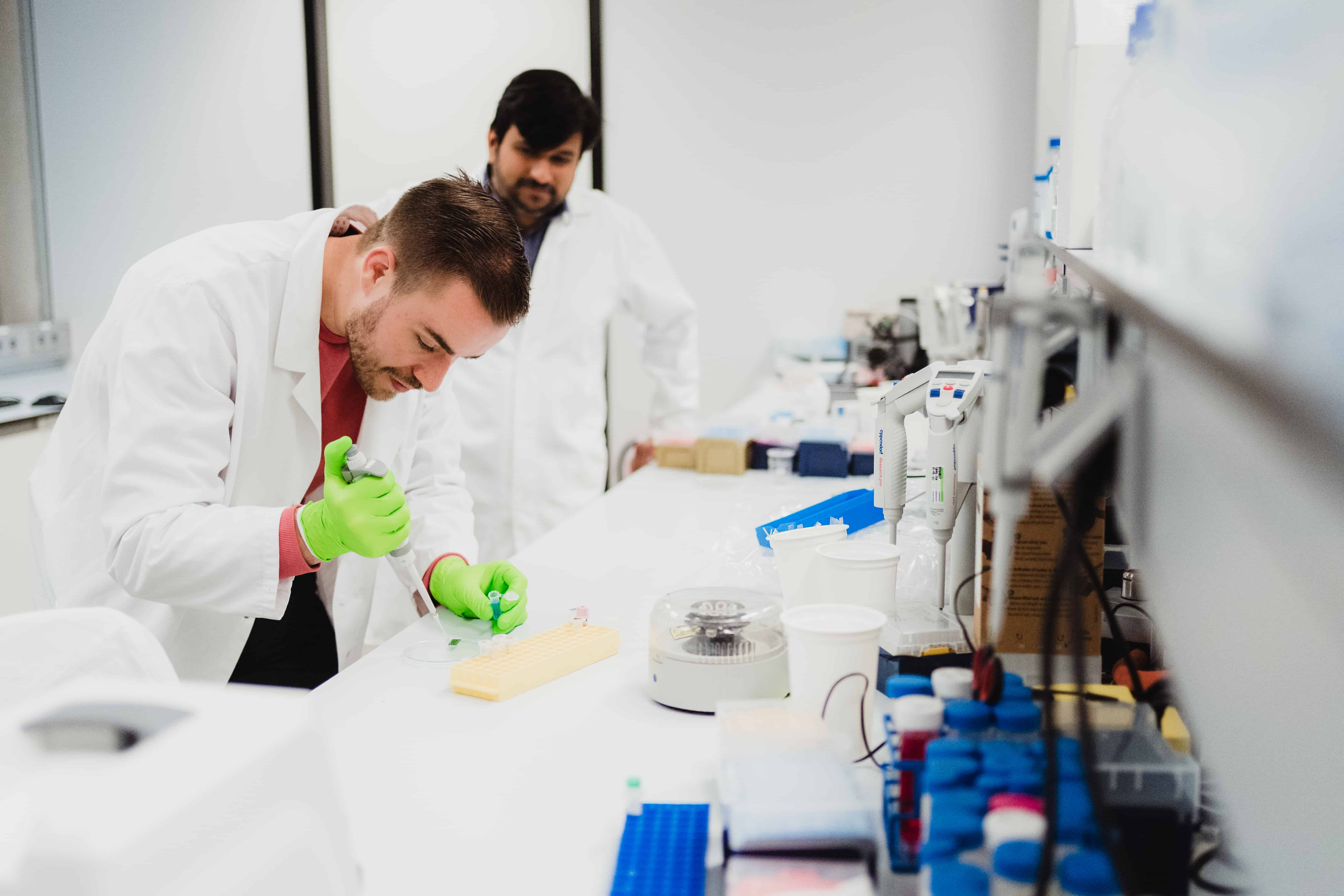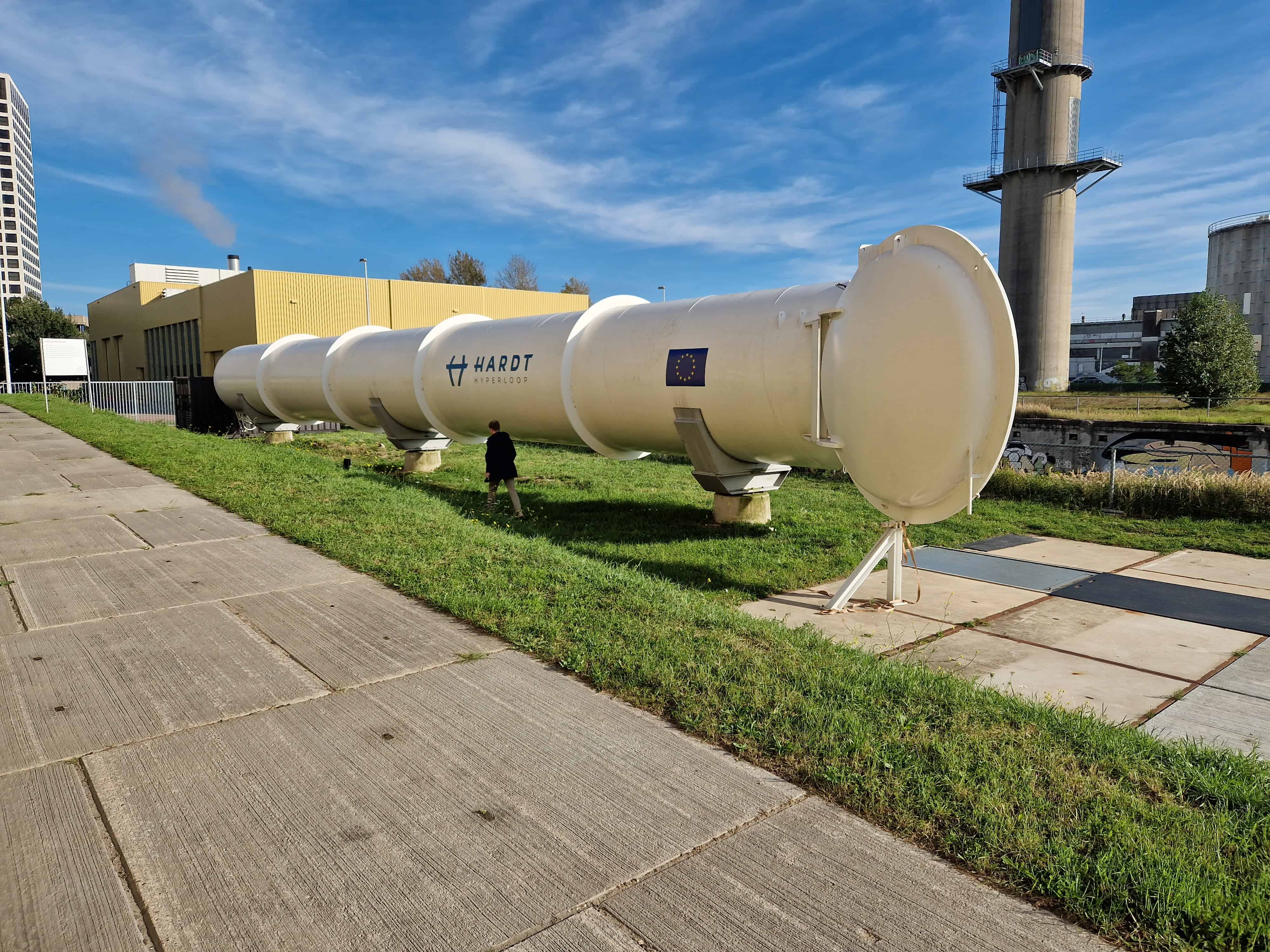
Sciensano, responsible for influenza monitoring in Belgium, will investigate the effectiveness of ‘SimplySpiro’. The mouthpiece developed in the Netherlands could be a reliable and inexpensive alternative to the current Corona tests.
The SimplySpiro would make the throat and nose swab that is now used in corona test streets and is considered to be rather unpleasant, superfluous. Moreover, the test no longer requires medical personnel, says inventor Remmelt van Tol of Medco. “This can make the execution quicker, easier, and much less expensive”, Van Tol says.
SimplySpiro is a mouthpiece that allows users to blow directly into a tube filled with a liquid. Analysis of the fluid makes it clear, in accordance with the current PCR test, whether the COVID-19 virus is present. The test can be done without medical training, according to Van Tol: the mouthpiece is screwed onto the tube after which the user inhales deeply and then blows through the tube. The liquid starts bubbling, the air finds its way out through the liquid, and possible virus particles stick in the emulsion.

Sciensano will now use the mouthpiece in their research into the spread of infectious diseases in nursing homes. Results on how well the mouthpiece is able to collect virus particles of COVID-19 and influenza are expected around April 2021. “The more tests are carried out, the faster this product can actually be used,” says Remmelt van Tol. “It’s great that we are now getting extensive research in Belgium, but as far as we are concerned, research institutes in other countries can also work on start monitoring SimplySpiro. We are confident that the results will enable us to significantly improve the testing possibilities around COVID-19.”
“A solution within reach”
According to Van Tol, it is not yet possible to start using the tests now. “First of all, the product needs to be validated, which involves research on whether it can collect virus particles and if so, how well. In addition, all diagnostic products must have a ‘status’, such as the CE mark. This will only be provided if the product is clinically proven.”
To conduct such an initial clinical study, an application must be submitted, preferably by an academic, to the ethics committee that must approve the study. “This is in order to prevent all kinds of uncontrolled methods from being applied to patients. Belgium has gone through these steps and with the results – if they are good – we are one step closer to the registration of a medical device.”
Van Tol has been trying for several months, without success, to get Dutch research into his product started. “It sometimes felt frustrating to have a solution within reach when no steps could be taken to validate it. That is why we are extra happy with the recognition from Belgium.”







